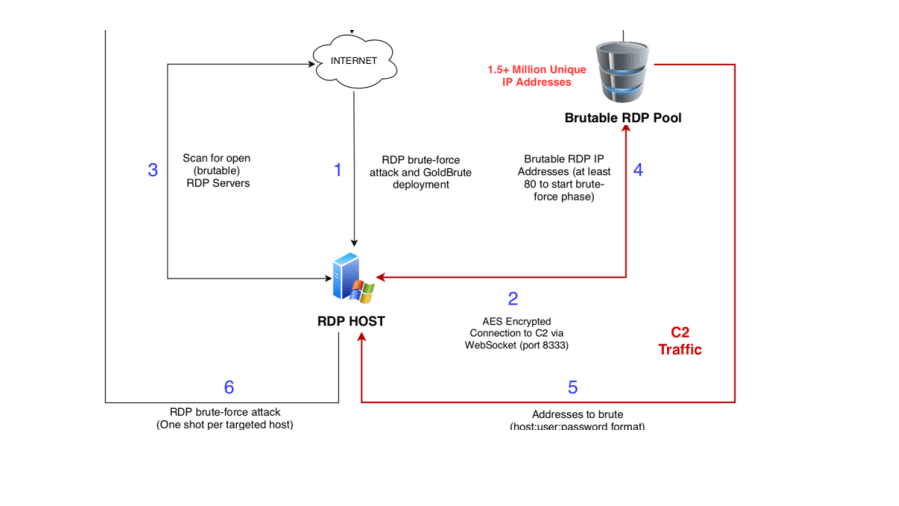A security researcher today revealed details of a newly unpatched vulnerability in Microsoft Windows Remote Desktop Protocol (RDP).
Tracked as CVE-2019-9510, the reported vulnerability could allow client-side attackers to bypass the lock screen on remote desktop (RD) sessions.
Discovered by Joe Tammariello of Carnegie Mellon University Software Engineering Institute (SEI), the flaw exists when Microsoft Windows Remote Desktop feature requires clients to authenticate with Network Level Authentication (NLA), a feature that Microsoft recently recommended as a workaround against the critical BlueKeep RDP vulnerability.
According to Will Dormann, a vulnerability analyst at the CERT/CC, if a network anomaly triggers a temporary RDP disconnect while a client was already connected to the server but the login screen is locked, then « upon reconnection the RDP session will be restored to an unlocked state, regardless of how the remote system was left. »
Starting with Windows 10 1803 and Windows Server 2019, Windows RDP handling of NLA-based RDP sessions has changed in a way that can cause unexpected behavior with respect to session locking, » Dormann explains in an advisory published today.
Two-factor authentication systems that integrate with the Windows login screen, such as Duo Security MFA, are also bypassed using this mechanism. Any login banners enforced by an organization will also be bypassed.
Proof of Concept Video Demonstration
Here’s a video that Leandro Velasco from KPN Security Research Team shared with The Hacker News demonstrating how easy it to exploit the flaw.
The CERT describes the attack scenario as the following:
- A targeted user connects to a Windows 10 or Server 2019 system via RDS.
- The user locks the remote session and leaves the client device unattended.
- At this point, an attacker with access to the client device can interrupt its network connectivity and gain access to the remote system without needing any credentials.
This means that exploiting this vulnerability is very trivial, as an attacker just needs to interrupt the network connectivity of a targeted system.
However, since the attacker requires physical access to such a targeted system (i.e., an active session with locked screen), the scenario itself limits the attack surface to a greater extent.
Tammariello notified Microsoft of the vulnerability on April 19, but the company responded by saying the « behavior does not meet the Microsoft Security Servicing Criteria for Windows, » which means the tech giant has no plans to patch the issue anytime soon.
However, users can protect themselves against potential exploitation of this vulnerability by locking the local system instead of the remote system, and by disconnecting the remote desktop sessions instead of just locking them.
Source: https://thehackernews.com/2019/06/rdp-windows-lock-screen.html
